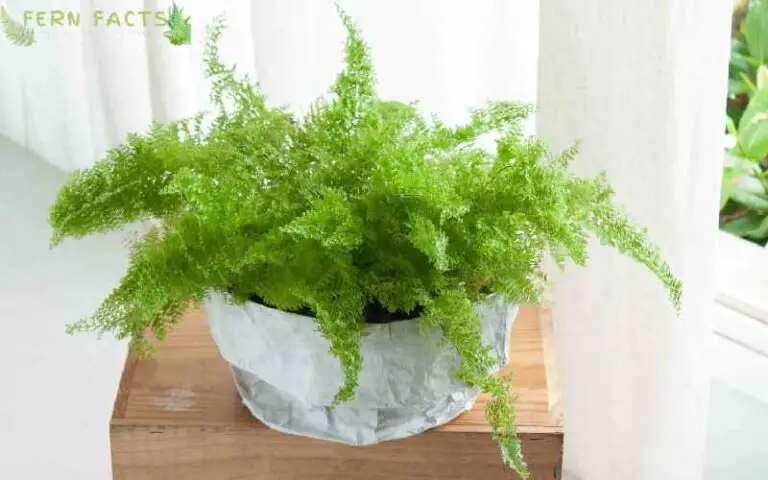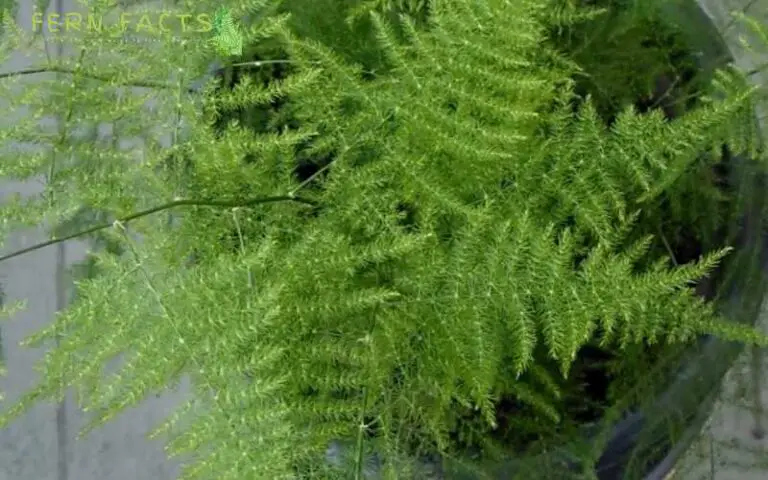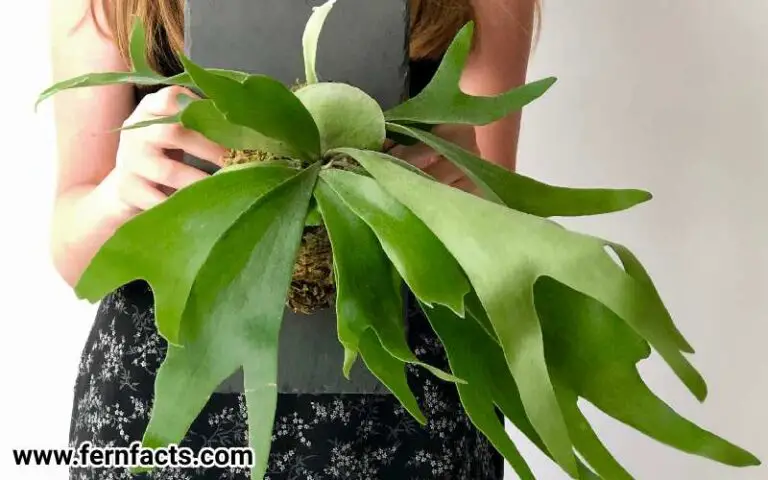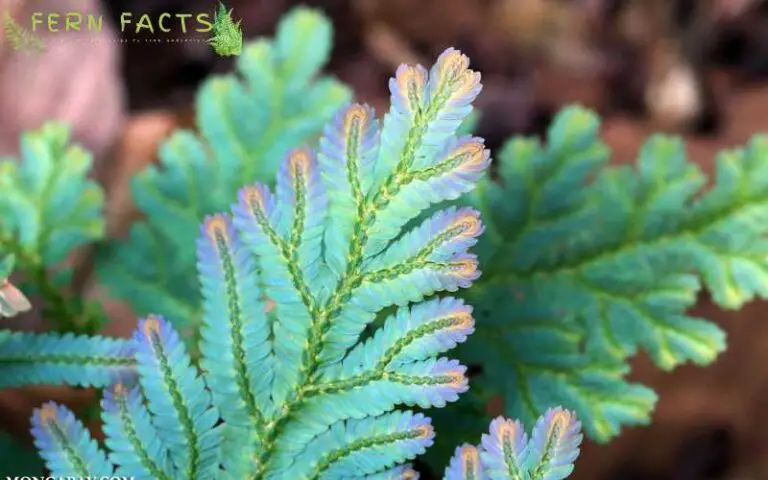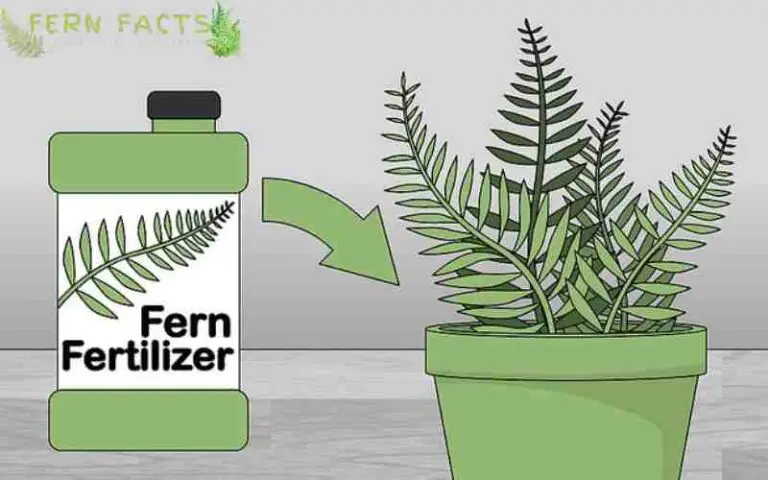How to Plant and Grow Wood Fern
If you are a beginner-level gardener, a new gardener, or don’t have sufficient time to do gardening but still wish to have a little garden at your house.
Then, wood fern plants would be an appropriate choice for you to buy. Wood ferns are one the largest specie’s ferns around 300 to 400 varieties among fern genus.
Additionally, these ferns are well-adapted ferns that need less care, maintenance, and attention. Therefore, in this article, I’m going to illustrate the wood ferns overview along with a few varieties so that you can get enough idea before buying these ferns.
Similarly, I’ll provide some planting tips, care, and maintenance tips that will guide you to have ravishing-looking wood ferns in your garden.
So, let’s delve into the topic.
Overview of Wood Ferns
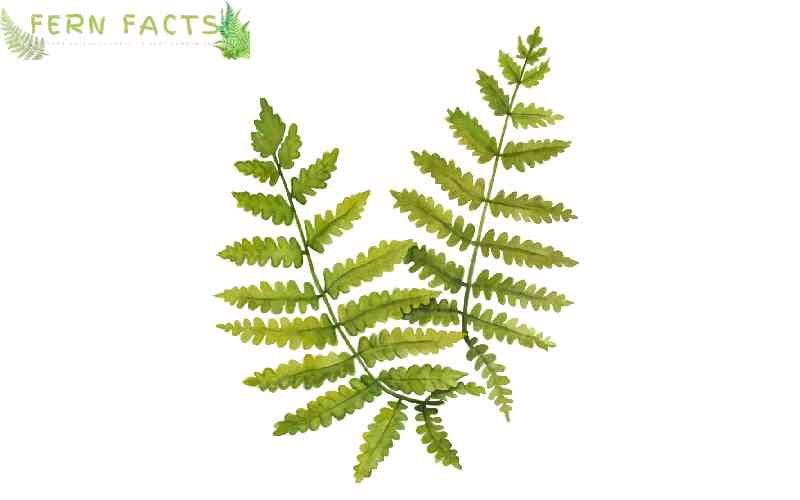
- Botanic name: Dryopteris
- Common name: Wood ferns
- Plant: Perennial
- Native range: Asia, America, Europe, Africa, Pacific island
- Light: partial sun or filtered sun, shade
- Height: around 1 to 3 ft
- Width: 1 to 3 ft
- Season: winter favor
- Soil: rich organic matter, soil, moist well drained
- Special features: low maintenance, good for container or pot
- Zone : 3 to 9
- Propagation: division
Wood ferns are also known as male ferns, and buckler ferns which have a green foliage and bold texture.
These ferns have 300 to 400 species on average 200 species under this genus which makes these ferns one of the largest ferns genus among other ferns species.
Wood ferns are mostly native to Asia, Europe, and North America. Their favorite habitat is near forests, fields, and shady wetlands areas.
These ferns are also used as garden ornamental plants or decorative plants in many places. That’s why their economic value is also commendable among these countries.
Different Types of Wood Ferns
Under these Dryopteris genus, there are also subspecies or subcategories of these ferns. Let’s see a few varieties of these wood ferns.
Crested Buckler Fern
Dryopteris dilatata Lepidota Cristina’ is also known as buckler ferns. These ferns are native to European continents.
These species of ferns have a delicate look along with a crest at the tips which gives these ferns a lush presence.
These buckler ferns can grow up to 1 to 2 ft tall and 2 to 3 ft wide under approximately USDA Zone between 5-9.
Male Wood Fern
Dryopteris filix-Mas is another subcategory of Wood ferns. These ferns are very common in North America. These ferns can grow up to 3 by 3-foot clumps of fronds.
These ferns are Semi-evergreen plants which means they remain evergreen during warm climates under the USDA zone from 3 to 8.
Log Ferns
Dryopteris celsa are other types of wood ferns which are also native plants of North America. These ferns have bright green foliage with semi-evergreen features.
These types of ferns grow best in rich soil and also need moisture to thrive fully. These ferns can grow up to 1.5 to 2.5 ft under the zone 5-9.
Learn About Another Wood Ferns Related Species
Planting Tips
After knowing their subspecies, you need to plant these ferns at the correct time and place. Without the correct planting tips, it will be a little hard to grow these ferns.
Where to Plant Wood Ferns
Wood ferns are fond of shady or partially shady places with humidity, rich-moist soil, and a good drainage system. Their soil needs to be acidic soil with a mixture of alkaline or neutral.
However, you have to remember that young new plants can not tolerate too much windy atmosphere, that’s why you need to keep them protected and have to place them in a sheltered place.
Although every species has its features and characteristics, therefore you need to choose wisely which wood ferns you need according to your space requirements.
These plants can fill your garden spaces with their greenery foliage. That’s why you need to choose a location with a sheltered area where you can also enjoy the surroundings of your ferns.
How and When to Plant Wood Ferns
The peak time for planting wood ferns is in the spring and fall seasons because it’s their growing season. At this time the soil becomes moist naturally so it strengthens their growing level.
Additionally, you need to make the soil rich and fertile. If the soil is old or doesn’t have any nutrient properties then, you can mix fertilizer or organic compost to enrich the soil conditions.
Then dig a hole in the ground wider and deeper. Besides, you can also choose a pot that is deep and shallow so that the roots will get enough space.
Put your ferns inside of the hole or pot, refill the soil compost, and water it immediately. Try to keep the soil moist until you see any new growth in your ferns.
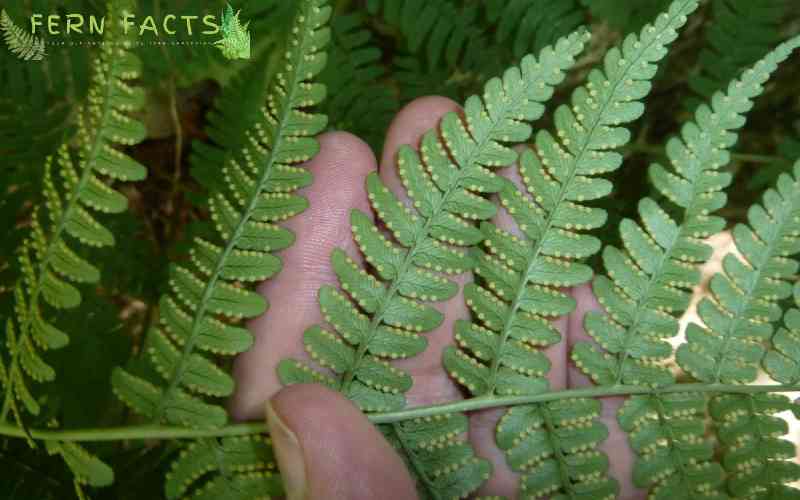
Wood Ferns Care and Tips
By far we have discussed the characteristics, features, and perfect seasons to plant and grow these wood ferns along with how to plant these ferns.
Now we will look forward to steps and supervision so that you can maintain these wood ferns thoroughly and make them thrive in your garden.
Light Requirements
These wood ferns prefer full shade or partial shade which means partial bright place or indirect sunlight is the best combination for these ferns to grow.
However, like every other fern, these wood ferns have less tolerance for direct sunlight. That is why you need to place your ferns away from giving direct sun exposure.
Excessive sun exposure can burn out their fronds. But make sure you provide them with filtered sunlight in a brighter location.
Soil Mixture
For mixing your wood fern soil, you need to make soil with rich ingredients. And so, the soil should have a proper drainage system.
For your outdoor asparagus ferns, you need to make the soil acidic around pH 6.0 or below. Besides, it also should have a good drainage system so that the extra water can make its exit through that and the soil remains moist, not too mushy and watery.
Water
Proper watering techniques can help your wood ferns to thrive and bloom. As these ferns don’t require much water, they will require water after establishing and when their soil becomes too dry.
Try to give them 0.8 cups of water for nearly 10 to 12 days for consecutive days. Indoor wood plants tend to dry out easily, especially in the winter times.
That is why you need to mist these ferns to balance the moisture level. Make sure you water these plants when the soil is dried out. Take note that over-watering can rotten the roots of your plants.
Even the outdoor ferns you need to water them if their soil feels dry.
Temperature and Humidity
These wood ferns are well-designed for cold seasons. However, in summer or warm seasons, they adapt moderately.
They can not tolerate excessive heat or warm temperatures but they also are not much bothered by high humidity. They have a subtle adaptable nature regarding humidity.
Fertilizer
If you have already planted or established your wood ferns, after that they will not require much fertilizer or richness in their soil. However, during spring seasons you can provide little scoops of organic matter, compost, and leaf mold around their soil base. It will help to nourish your wood fern’s growth gradually.
Pruning
Wood ferns don’t need much pruning and trimming. They just need to prune or cut off the dead fronds.
Pruning their dead fronds during the spring season gives your wood ferns aspiring growth for next season.
For pruning, You have to prune their brown, shaggy, dead fronds with any pruning tools or scissors.
Propagation of Wood Ferns
You can easily grow numerous new plants by division of these wood ferns from roots. The best time for propagation is in the mid to late springtime.
During that time, you can dig up the whole plant from the pot or ground. You can wear gloves before propagation which will save you from any injury or harm.
Then you need to divide the roots from the main plants with any trowel or knife. Try to ensure each part has the same sort of roots.
Then you have to replant each section into a pot or container or your garden. After replanting your wood ferns try to locate them in a partially shaded place until you see some new growth in your wood ferns.
Potting and Repotting Your Wood Ferns
By repotting your ferns you can boost their growing phase. For repotting, you need to choose a pot deeper shallow container that is at least 2 inches bigger than the previous one.
Fill the pot with your new mixer soil with leaf mold and organic compost. Then, you need to do a division of the main plant and have to ensure that you take multiple underground roots when you are dividing.
After dividing the ferns, place the divided section in a new pot with a new soil-compost mixture. Later water these wood ferns properly.
Outdoor wood ferns have less tendency to dry out than indoor potted ferns. Because indoor potted ferns dry out very quickly that’s why you need to water them regularly and keep the soil moist.
Additionally, you have to give fertilizer once a month to dry their growing seasons by following the label instructions on the packaging.
Pests and Diseases
Wood ferns are barely affected by any pests or insects. Even they are the least ferns that have any diseases or problems among other fern categories.
These ferns are well-adapted ferns with low maintenance. However, both native and garden plants are deer-resistant which will discourage deer from visiting your garden as well.
Overwinter Care
Although they are well-adaptable ferns with low maintenance, Many ferns are cold tolerant but wood ferns need to be protected during overwintered frozen seasons.
In such cases, you can bury the plants on the ground or you can use larger containers. In the larger container, you can put mulch for insulation; it will give enough hydration to the plants.
Additionally, you can also wrap your wood ferns with burlap or bubble wrap so that the overwinter seasons do not freeze their fronds.
Find Out More About Caring for and Cultivating Hay-Scented Ferns.
Final Recap
In the final thought, wood ferns are one the largest species of ferns with 200 average subspecies among other ferns.
These ferns are one of the low maintenance ferns which don’t need extra care or attention.
By following simple guidelines and tips such as lighting, watering, soiling, fertilizing, propagation, pruning, and overwinter care you can manage these wood ferns in your garden land.
In short, you can easily manage these wood ferns with planting tips and caring tips that will give them a thriving and blooming atmosphere at your house.


